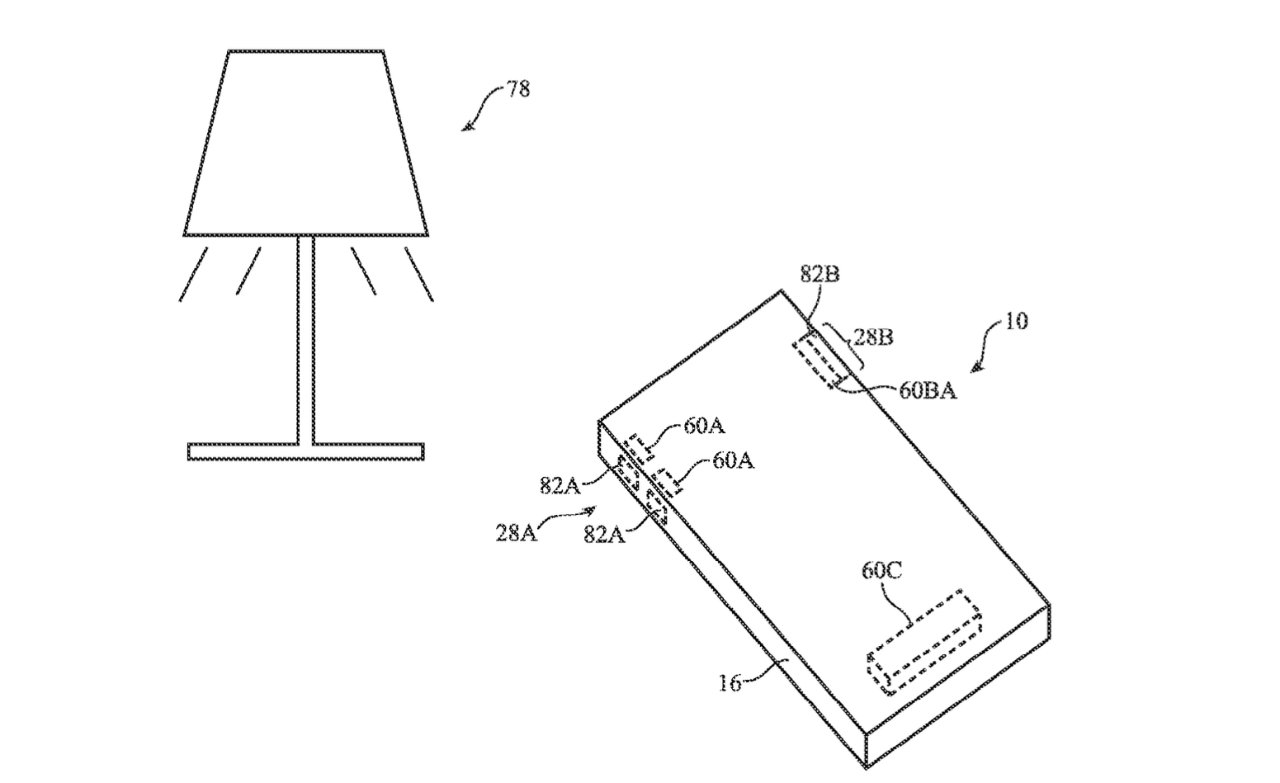Article Hero Image

Apple has been researching the use of haptics in the Siri Remote that could guide future users silently and invisibly toward content on the device they want to control.
If you have an Apple TV set with a Siri Remote, you don't need haptic feedback. Assuming you can find the remote, and you have it facing the right away around, then you just press a button and you know it works when your Apple TV reacts.
But sometimes it's less clear that a device has responded to your pressing on a remote control, or tapping on an iPhone app. That may be because of what you're trying to control, such as a speaker that has no visual display.
It could equally be because of accessibility needs — or it could well be that a games controller would benefit from immediate haptic feedback.
Or it could simply be that you have one remote control, or iPhone, and you are surrounded by devices that they could work with. Apple has been researching how haptic feedback could not just tell you something has worked, but also guide you to pointing toward the right device out of many.

In a newly-revealed patent application called "Electronic Devices With Touch Input Components And Haptic Output Components," Apple concentrates on using haptics with physical remote controls.
"An electronic device may include touch input components and associated haptic output components," it says. "The control circuitry may provide haptic output in response to touch input on the touch input components and may send wireless signals to the external electronic device based on the touch input."
"The haptic output components may provide local and global haptic output, continues Apple. "Local haptic output may be used to guide a user to the location of the electronic device or to provide a button click sensation to the user in response to touch input."
"Global haptic output may be used to notify the user that the electronic device is aligned towards the external electronic device and is ready to receive user input to control or communicate with the external electronic device," says the patent application.
Just to be thorough, as well as taking commands or responding to inputs, Apple's idea also notes when a device is switched off. "Control circuitry may switch a haptic output component into an inactive mode to inform the user that a touch input component is inactive," it says.
Apple also explores using Time of Flight to determine the distance between the remote and the device it's intended to control.
All of Apple's illustrations in the patent application show a physical remote control, which rather looks like a crude iPhone. The patent application definitely aims to cover more than physical remotes, or even solely iPhone apps, though.
"[The electronic] device may be a computing device such as a laptop computer, a computer monitor containing an embedded computer, a tablet computer, a cellular telephone, a media player, or other handheld or portable electronic device," it says. "[Or] a smaller device such as a wristwatch device, a pendant device, a headphone or earpiece device, a device embedded in eyeglasses or other equipment worn on a user's head, or other wearable or miniature device, a television, a computer display that does not contain an embedded computer, a gaming device, a navigation device, an embedded system such as a system in which electronic equipment with a display is mounted in a kiosk or automobile"
That's Apple trying to make one patent claim cover every conceivable implementation. But since Apple first introduced the use of haptic feedback, the feature has spread to many more applications, so it's easy to believe the same thing could happen with this development.